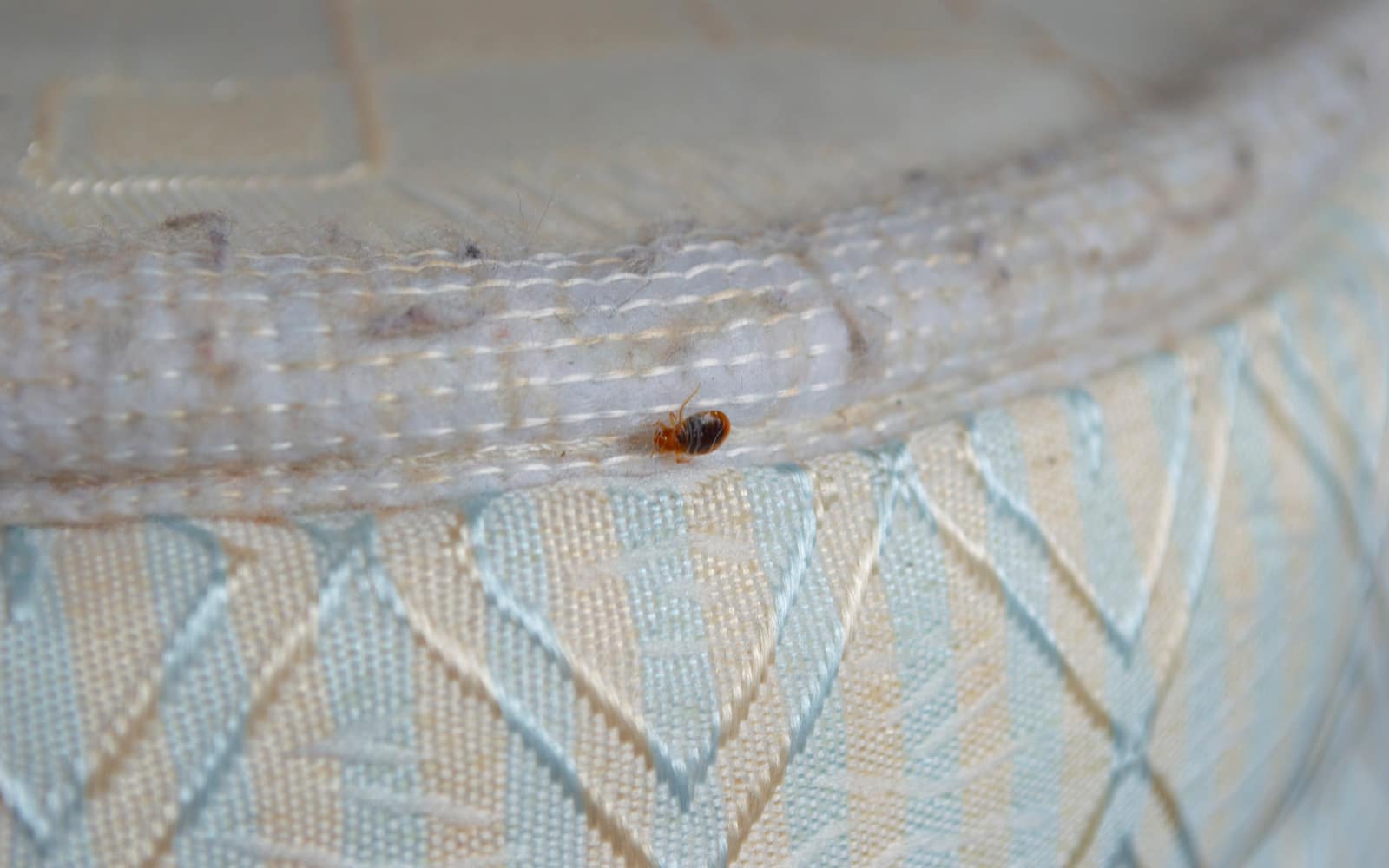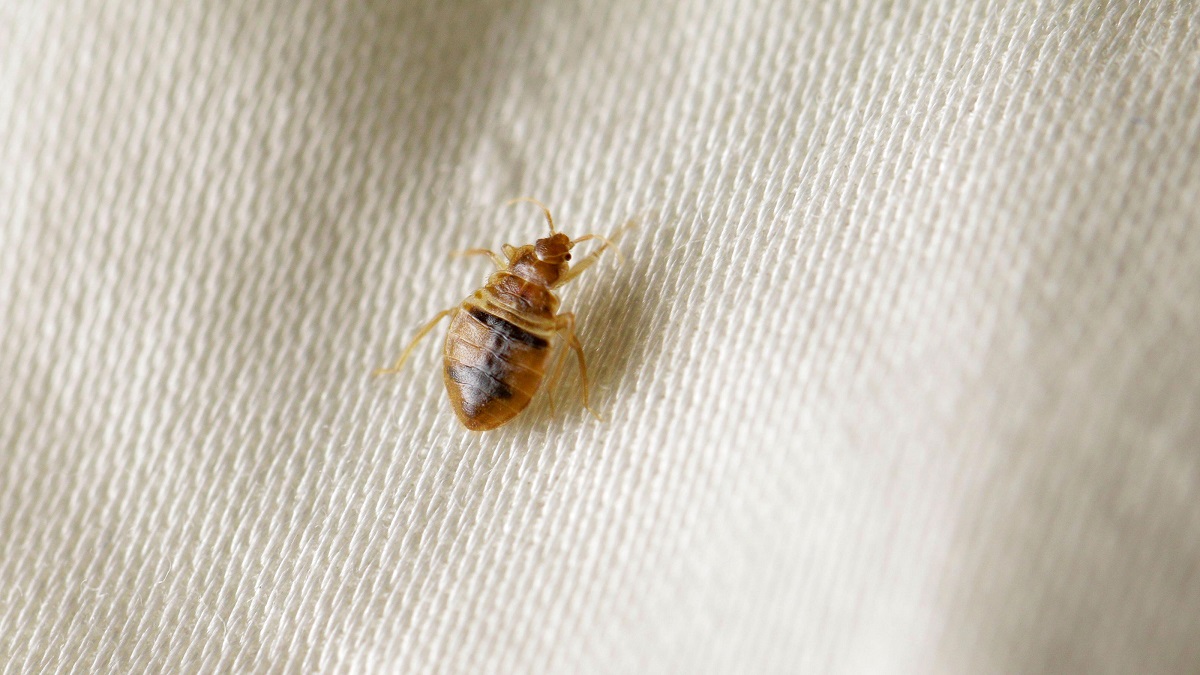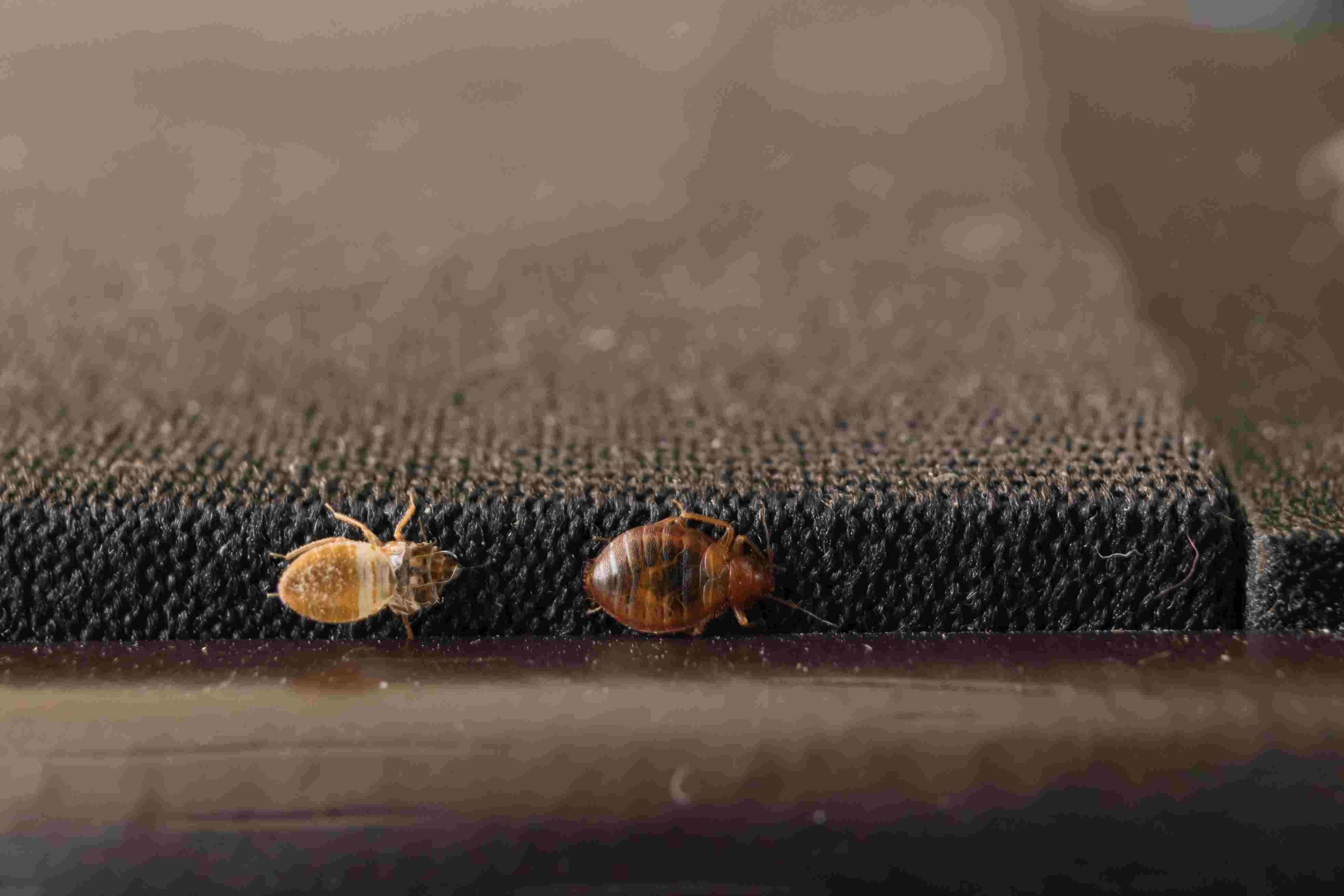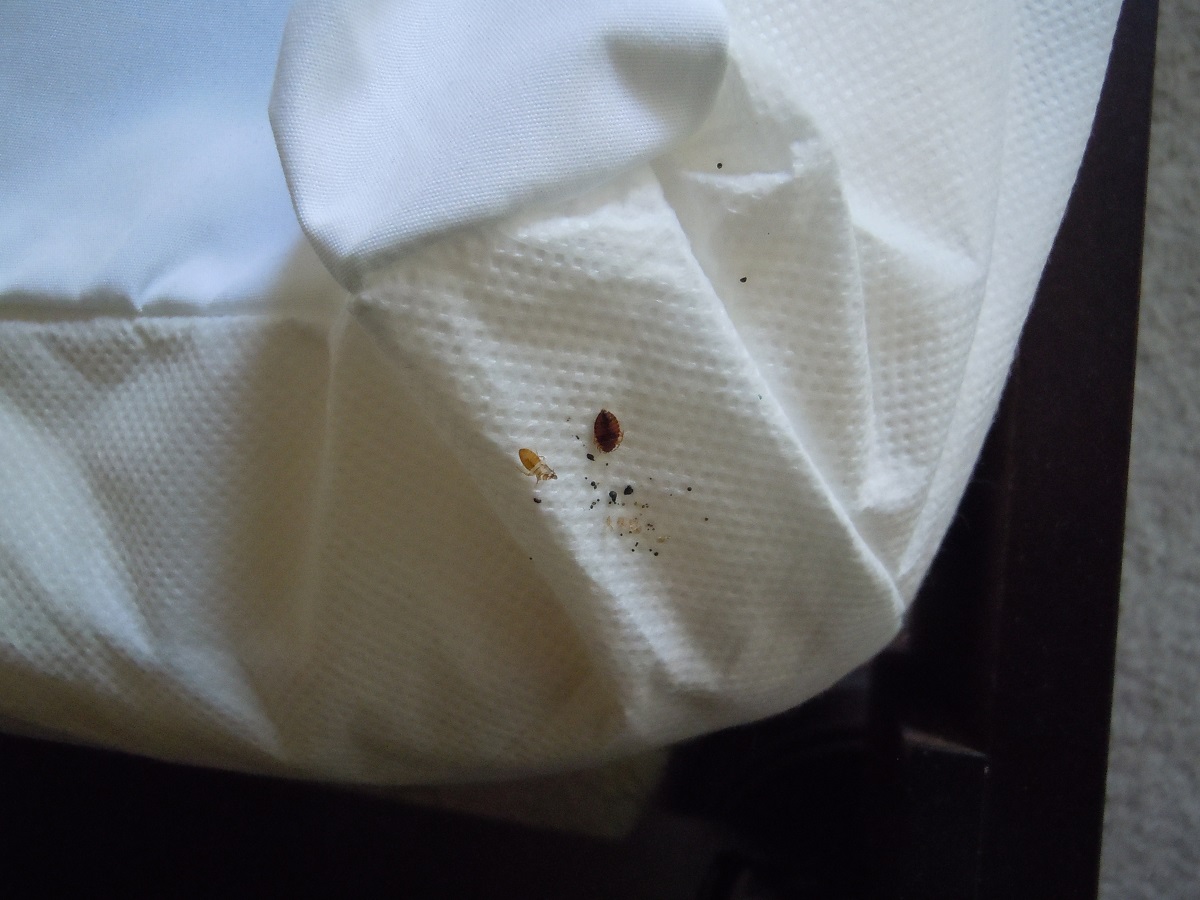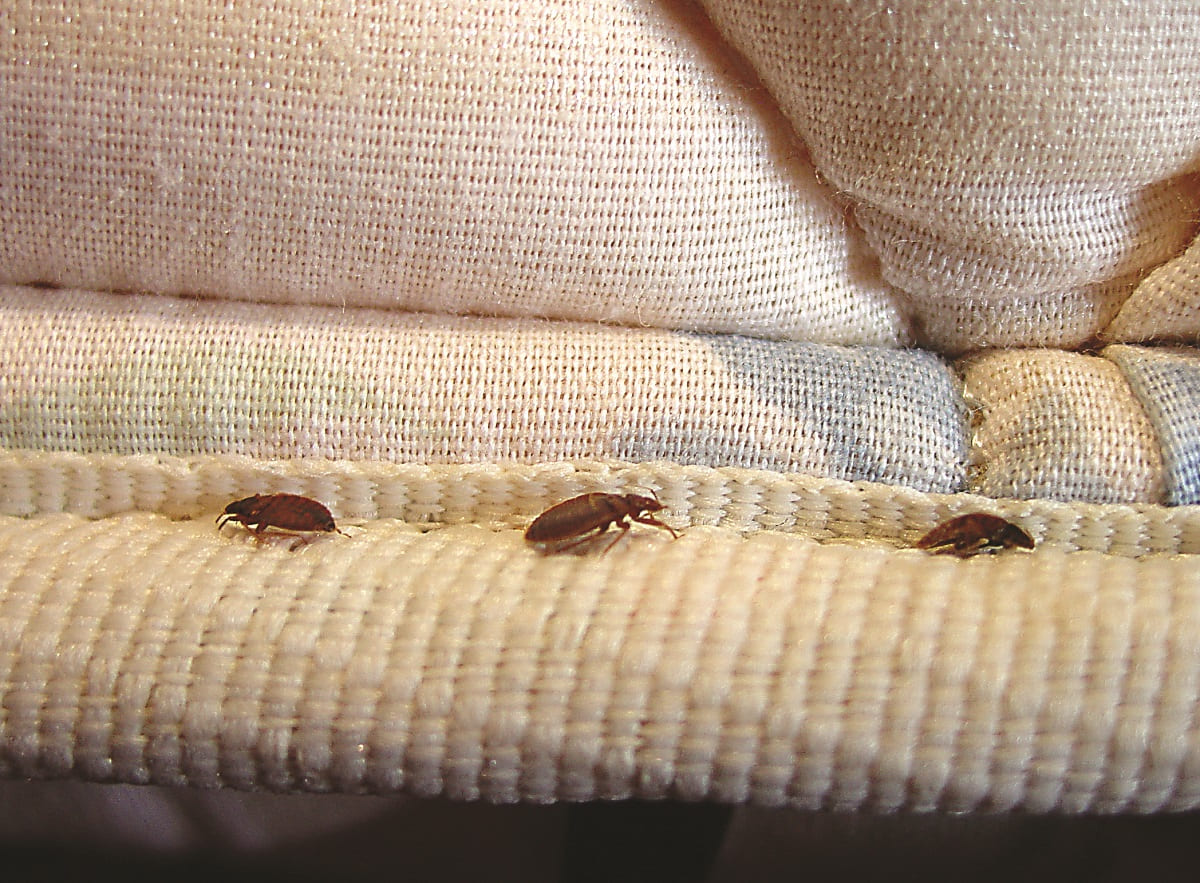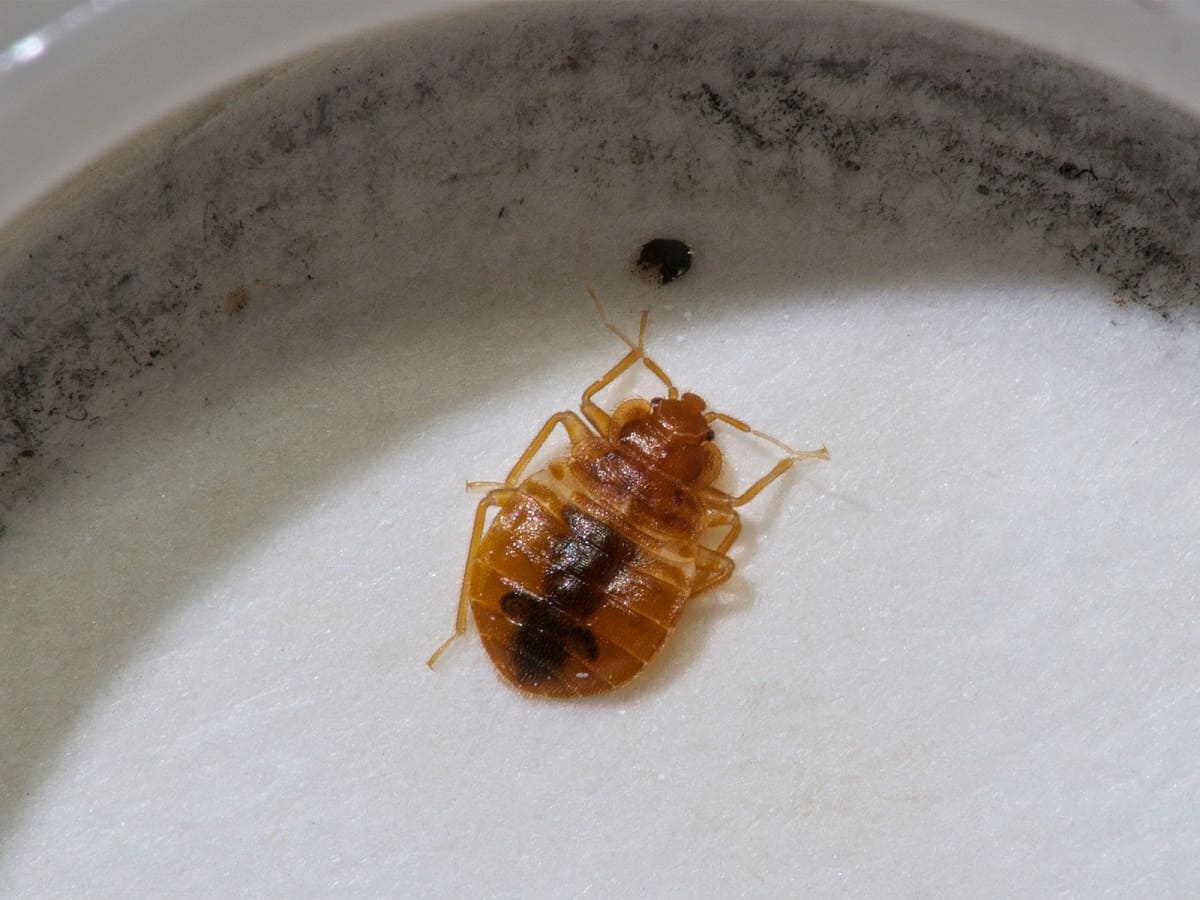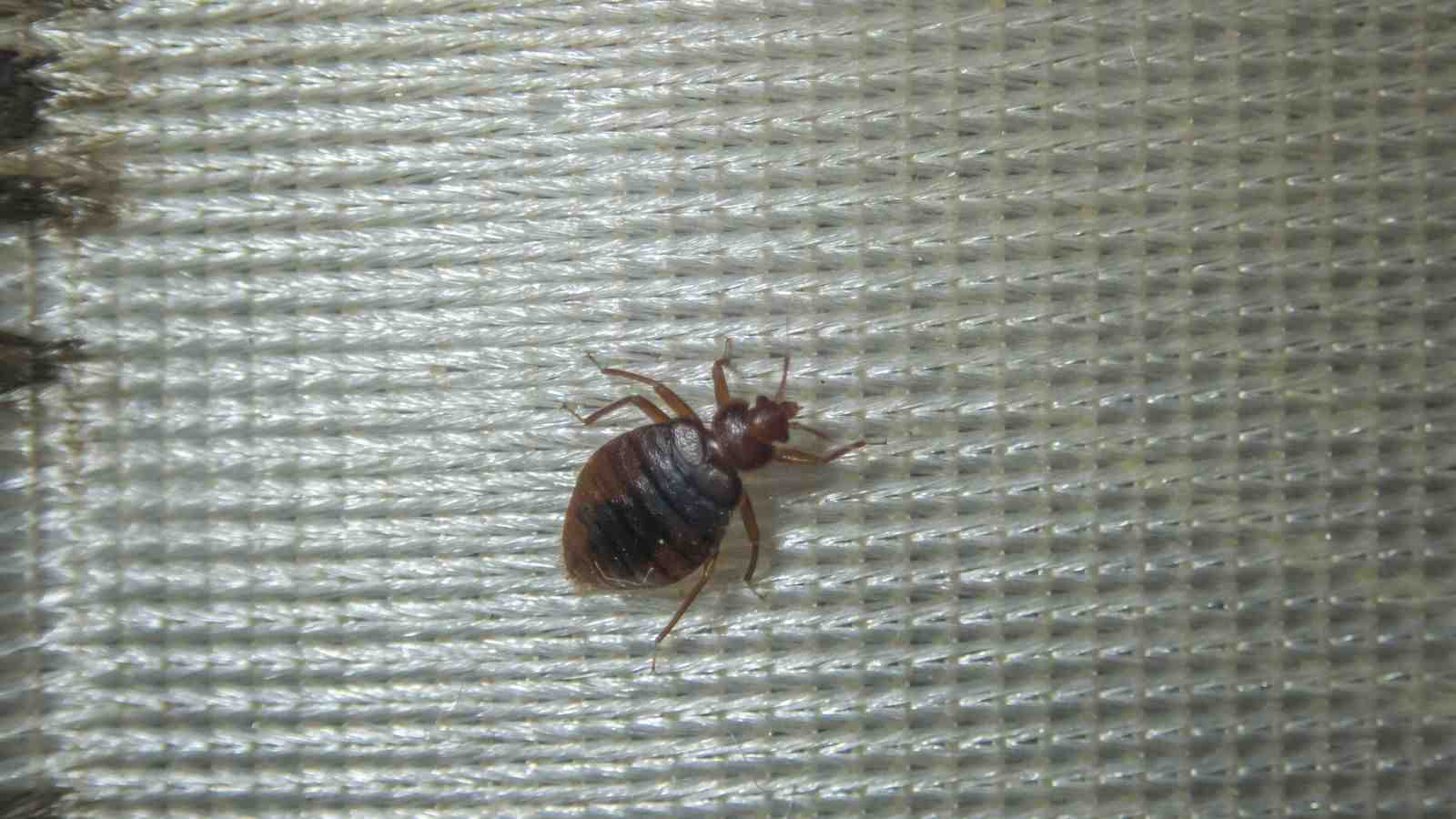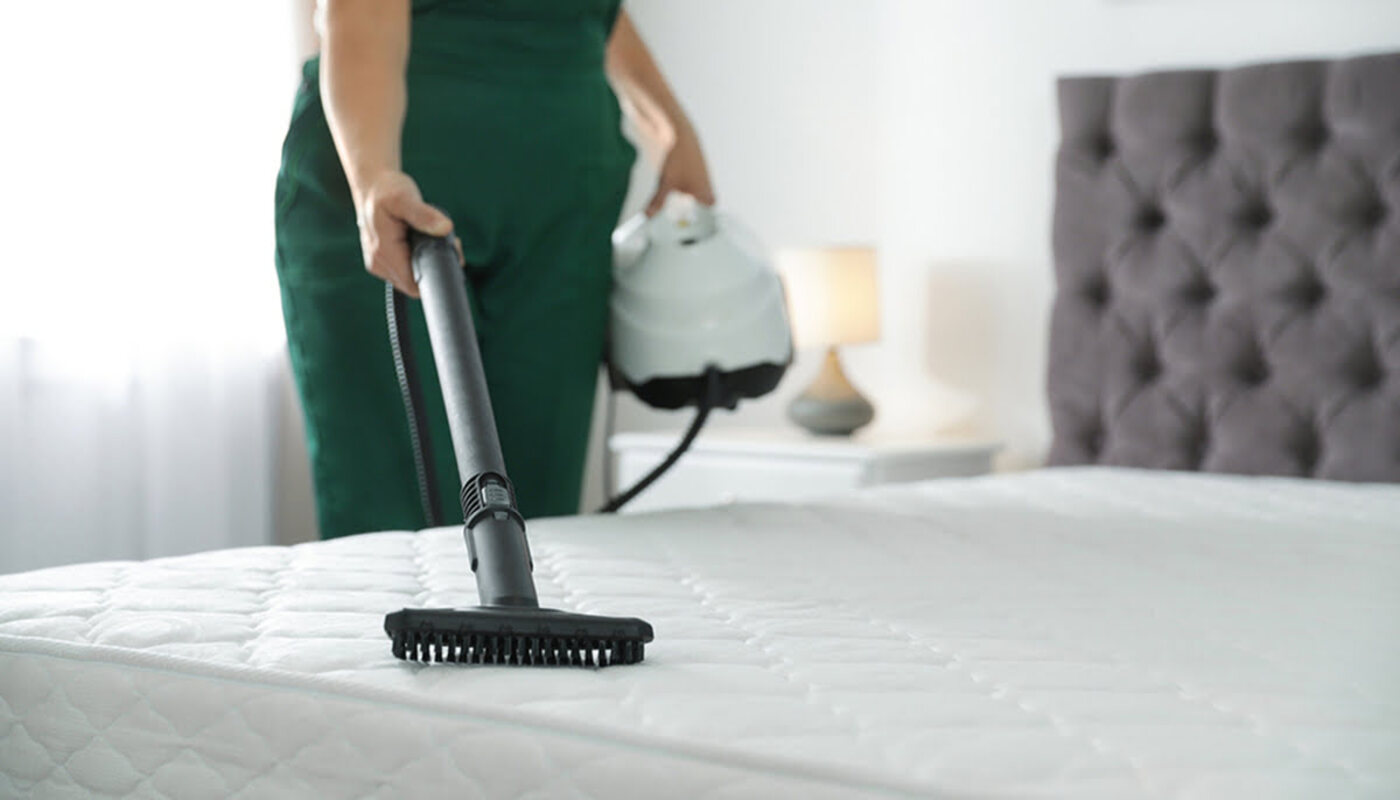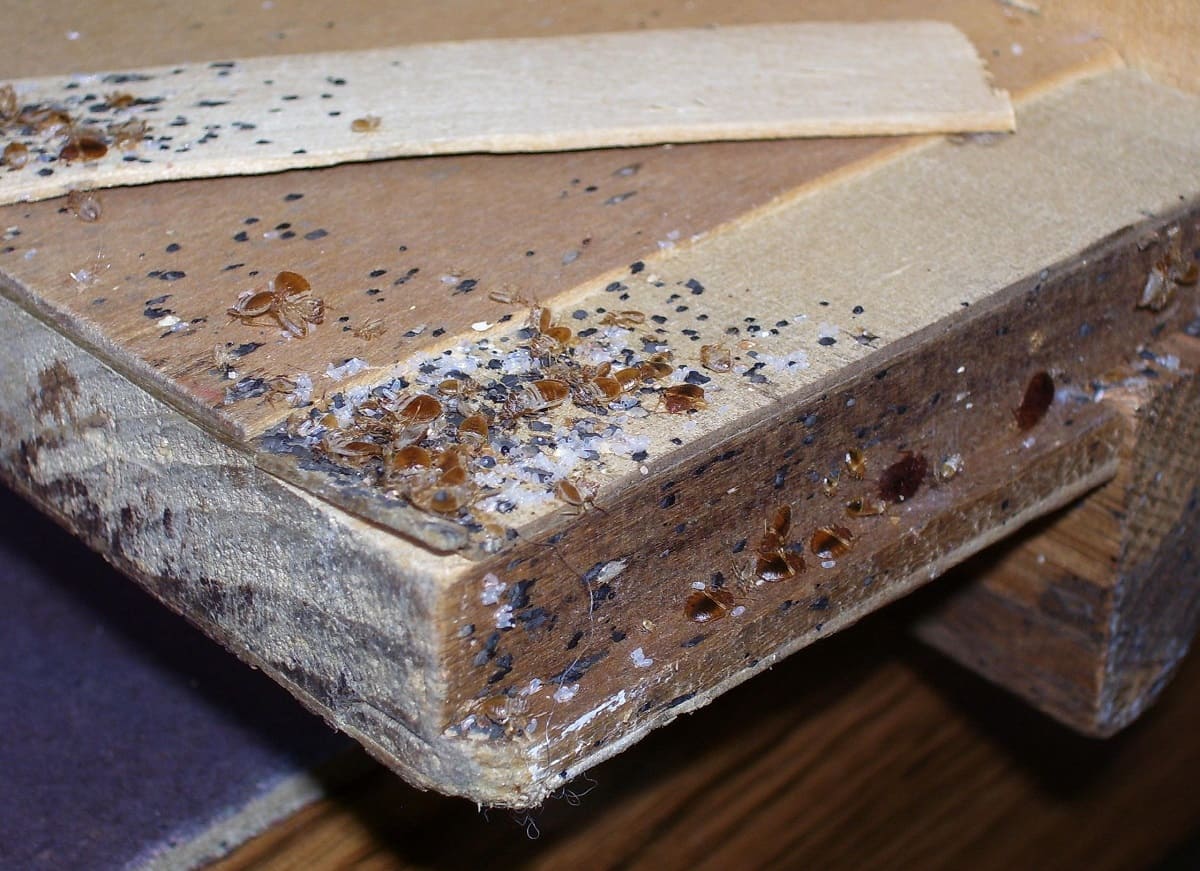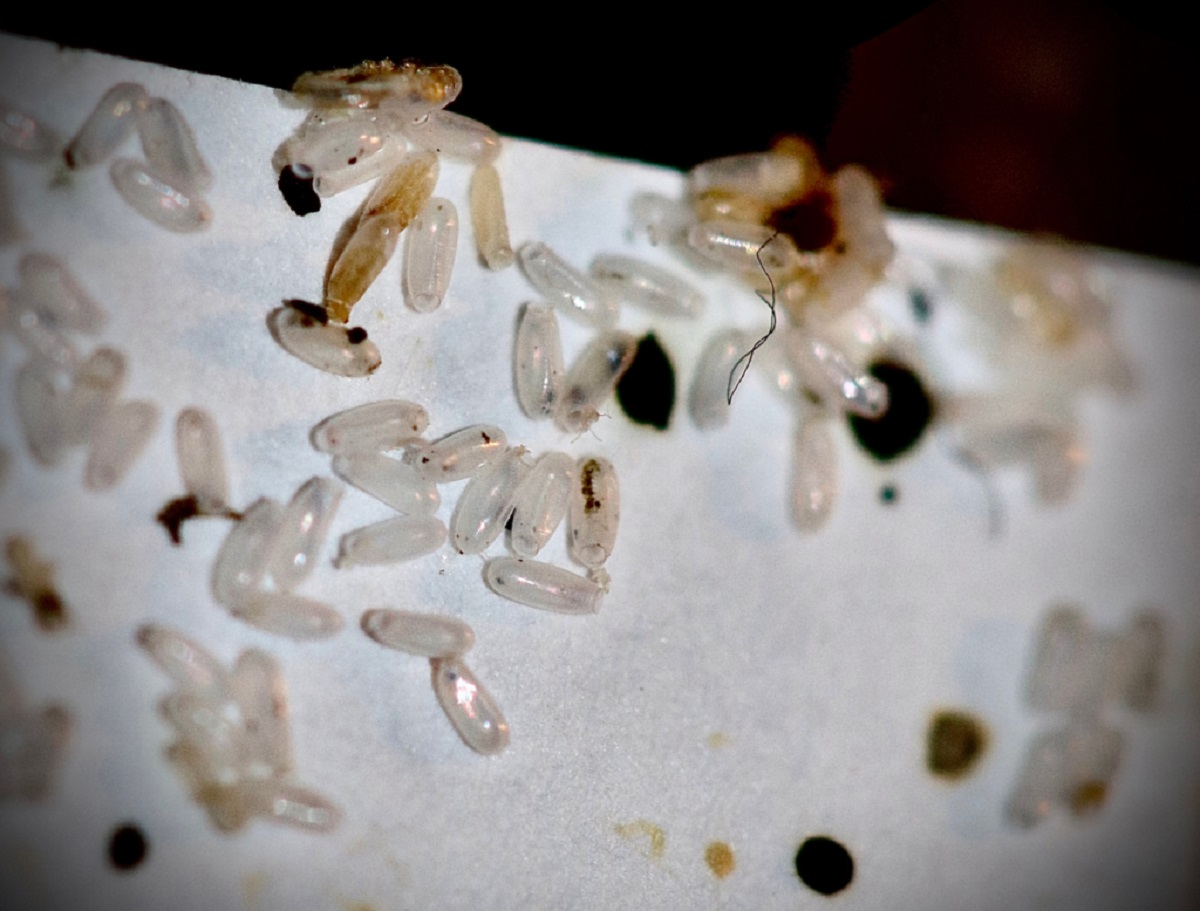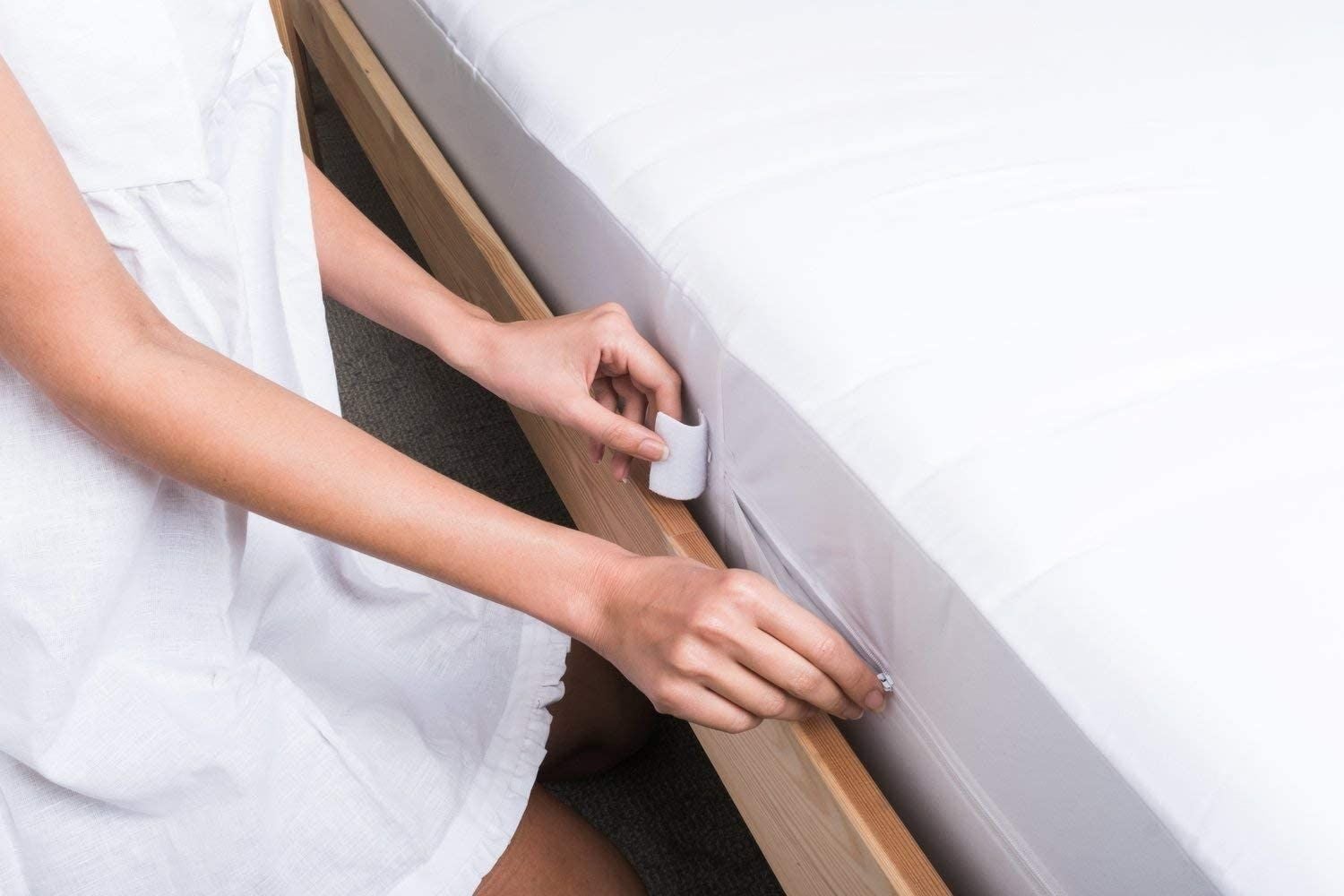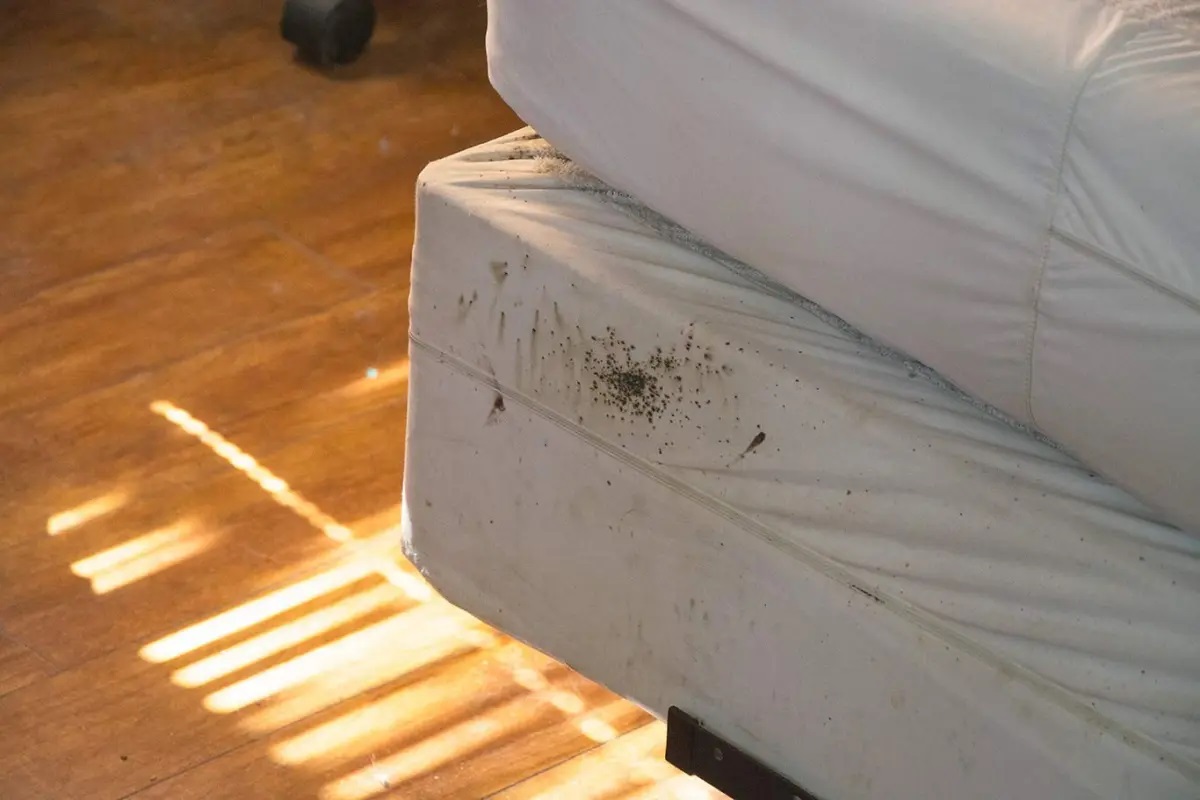Home>Furniture>Bedroom Furniture>How Long Can Bed Bugs Live Without A Host
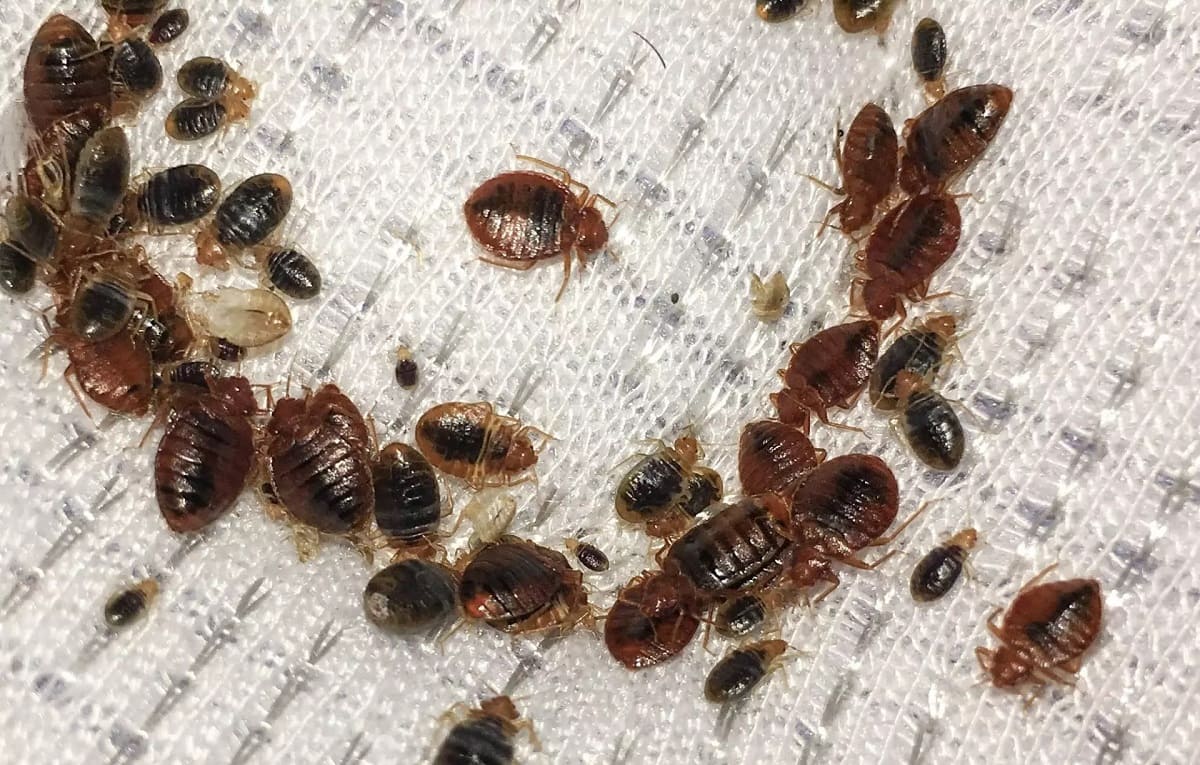

Bedroom Furniture
How Long Can Bed Bugs Live Without A Host
Modified: May 6, 2024
"Discover how long bed bugs can survive without a host and protect your bedroom furniture from these resilient pests. Keep your surroundings clean and bed bug-free!"
(Many of the links in this article redirect to a specific reviewed product. Your purchase of these products through affiliate links helps to generate commission for Storables.com, at no extra cost. Learn more)
Introduction
Bed bugs are a common household pest that can cause sleepless nights and discomfort. These tiny creatures feed on human blood and can infest various areas of the home, including the bedroom and furniture. Understanding the lifespan and survival skills of bed bugs is crucial for effective pest management and prevention.
In this article, we will delve into the world of bed bugs and explore how long they can survive without a host. We will discuss their life cycle, feeding habits, and the environmental factors that affect their survival. Additionally, we will explore scenarios where bed bugs can persist for extended periods without a host.
By gaining a comprehensive understanding of bed bug survival, you’ll be better equipped to protect your home and take prompt action if an infestation occurs.
Key Takeaways:
- Bed bugs can survive for months without a host, entering a dormant state and waiting for an opportunity to feed. Understanding their resilience is crucial for effective pest management.
- Environmental factors such as temperature and humidity greatly influence bed bug survival. Maintaining consistent conditions can help deter their proliferation and minimize infestations.
Read more: How Long Do Bed Bugs Live Without Food
Understanding Bed Bugs
Before delving into the survival skills of bed bugs, it is important to understand their basic characteristics. Bed bugs are small, wingless insects that belong to the family Cimicidae. They have a flattened oval-shaped body, typically measuring around 5 to 7 millimeters in length. Despite their name, bed bugs can infest various areas of the home, not just the bed.
Life Cycle of Bed Bugs: Bed bugs go through a gradual metamorphosis, meaning they undergo three distinct stages of development: egg, nymph, and adult. Female bed bugs can lay anywhere from 1 to 5 eggs per day, and a single female can lay up to 500 eggs in her lifetime. The eggs are tiny, measuring about 1 millimeter in length, and are often deposited in crevices and cracks near the host’s resting area.
The eggs hatch into nymphs, which resemble small versions of adult bed bugs but are translucent and lighter in color. Nymphs require regular blood meals to molt and progress through five instars before reaching adulthood. The length of each stage, from egg to adult, varies depending on factors such as temperature and the availability of a host.
Feeding Habits of Bed Bugs: Bed bugs are nocturnal creatures and are most active during the night. They are attracted to the warmth and carbon dioxide emitted by sleeping humans. Bed bugs use their specially adapted mouthparts to pierce the skin of their hosts and feed on their blood. They inject a small amount of saliva, which contains an anticoagulant to keep the blood flowing.
While bed bugs prefer human blood, they are also known to feed on other warm-blooded animals, such as pets. After feeding, bed bugs retreat to their hiding places, which are typically in cracks and crevices near the host’s resting area. They can survive for several months without feeding, but they are triggered to feed by the presence of a host.
Understanding the life cycle and feeding habits of bed bugs is crucial for effective pest management. By knowing their biology, you can identify infestations early and take appropriate measures to eradicate these pesky insects.
Survival Skills of Bed Bugs
Bed bugs have evolved several survival skills that enable them to thrive in various environments. Understanding these skills can help you better comprehend their resilience and develop effective strategies for controlling their populations.
Factors Affecting Bed Bug Survival: Several factors influence the ability of bed bugs to survive and thrive. One of the most important factors is temperature. Bed bugs prefer temperatures between 70°F and 80°F (21°C and 27°C) and find it difficult to survive in extreme heat or cold. High temperatures above 113°F (45°C) can kill bed bugs, while temperatures below 32°F (0°C) can induce hibernation.
Another crucial factor is the availability of a host. Bed bugs require regular blood meals to survive and reproduce. Without a host, bed bugs can enter a state of dormancy and survive for longer periods, but they eventually need to find a blood source to continue their life cycle.
How Long Can Bed Bugs Survive Without Feeding? The ability of bed bugs to survive without feeding varies depending on several factors, including their life stage, temperature, and humidity levels. In general, adult bed bugs can survive for several months without a blood meal, while nymphs can survive for several weeks.
Adult bed bugs have the ability to enter a state of diapause, where their metabolic rate decreases, allowing them to conserve energy and survive for extended periods without feeding. However, it’s important to note that prolonged periods without blood meals can weaken and eventually kill bed bugs.
The survival time of bed bugs without feeding is greatly influenced by environmental conditions. Higher temperatures can accelerate their metabolism and shorten their survival time, while lower temperatures can slow down their metabolism and prolong their survival. Additionally, humidity levels also play a role. Bed bugs prefer humidity levels between 70% and 80% but can tolerate lower humidity levels for shorter periods.
Understanding the factors that affect bed bug survival without feeding is important for effective pest management. By controlling environmental conditions and depriving bed bugs of a blood source, you can reduce their population and minimize the risk of infestations.
Bed bugs can survive without a host for 20-400 days, depending on temperature and humidity. Regularly vacuuming and cleaning can help prevent infestations.
Environmental Conditions and Bed Bug Survival
Bed bugs are highly adaptable insects that can survive in a wide range of environmental conditions. However, certain factors, such as temperature and humidity, greatly influence their survival and reproductive capabilities.
Temperature and Bed Bug Survival: Temperature plays a crucial role in the life cycle of bed bugs. They are ectothermic, meaning their body temperature is regulated by the surrounding environment. Bed bugs thrive in temperatures between 70°F and 80°F (21°C and 27°C), which are commonly found in human dwellings.
However, extreme temperatures can pose a threat to bed bug survival. Exposure to high temperatures above 113°F (45°C) can be lethal to bed bugs, causing their cells to break down and leading to their demise. This is the principle behind heat treatments used to eradicate bed bug infestations.
On the other hand, bed bugs can enter a hibernation-like state known as diapause at temperatures below 32°F (0°C). During diapause, their metabolic activity slows down, and they can endure for extended periods without feeding. However, it’s important to note that extremities in temperature can impact the survival and reproductive capabilities of bed bugs.
Humidity and Bed Bug Survival: Humidity levels also play a role in the survival of bed bugs. Bed bugs prefer humidity levels between 70% and 80% as it provides a conducive environment for their survival and reproduction. However, they can tolerate lower humidity levels for shorter periods.
Exposure to low humidity levels below 50% can cause dehydration and a decrease in bed bug survival rates. Dry environments can desiccate their bodies, making it difficult for them to retain moisture and leading to their eventual demise. On the other hand, excessively high humidity levels above 80% can create conditions favorable for the growth of fungi and mold, which can also be detrimental to bed bug survival.
Controlling environmental conditions, such as temperature and humidity, is an essential part of bed bug prevention and management. Maintaining a consistent temperature between 70°F and 80°F (21°C and 27°C) and a humidity level between 50% and 80% can help discourage the proliferation of bed bugs in your home.
Extended Periods Without a Host
Bed bugs are highly resilient creatures and can survive for extended periods without a host. They have the ability to enter a dormant state and wait patiently for an opportunity to feed. Here are a few scenarios where bed bugs can persist without a host:
Bed Bugs in Vacant Homes or Apartments: When a home or apartment is left vacant for a prolonged period, bed bugs can survive in hidden cracks, crevices, and upholstery. They can enter a state of diapause, lowering their metabolic rate and conserving energy until a new host arrives. When the property is inhabited again, they can quickly emerge and resume feeding.
Bed bugs in Storage Units or Furniture: Bed bugs can find their way into storage units or infest furniture while awaiting transportation. They can find refuge in cracks, seams, and voids, remaining undetected until they find a new host. It’s crucial to inspect used furniture and take precautionary measures when storing items to prevent the spread of bed bugs.
Bed Bugs in Transportation or Luggage: Bed bugs are well-known hitchhikers and can easily travel from one location to another through luggage, clothing, or other belongings. They can infest public transportation, such as buses or planes, and navigate through luggage compartments, seats, or fabrics. This allows them to spread to new areas and infest previously unaffected locations.
It’s important to note that while bed bugs can survive for extended periods without feeding, their survival is not indefinite. The length of time they can endure without a host depends on various factors, including temperature, humidity, and their life stage. However, it’s always best to address a bed bug infestation promptly to prevent their populations from growing.
By knowing the potential scenarios where bed bugs can persist without a host, you can take preventive measures and proactively address infestations. Regular inspections, proper storage practices, and careful attention to hygiene can help minimize the risk of bed bug infestations and ensure a pest-free environment.
Read more: Where Do Bed Bugs Live
Conclusion
Bed bugs are resilient pests that can cause significant discomfort and stress. Understanding their survival skills and their ability to endure without a host is essential for effective pest management and prevention.
By comprehending the life cycle of bed bugs and their feeding habits, you can identify infestations early and take appropriate measures to eradicate them. Regular inspections, proper hygiene, and prompt action are key to preventing the spread of bed bugs and minimizing the risk of infestations.
Environmental conditions, such as temperature and humidity, significantly influence bed bug survival. Extreme temperatures can be lethal to bed bugs, while hibernation-like states allow them to endure prolonged periods without feeding. Maintaining a consistent temperature between 70°F and 80°F (21°C and 27°C) and a humidity level between 50% and 80% can help deter the survival and reproduction of bed bugs.
Furthermore, understanding the potential scenarios where bed bugs can persist without a host can help in prevention efforts. Whether it’s vacant homes, storage units, or transportation, being vigilant and taking precautionary measures can help minimize the spread of bed bugs to new areas.
In conclusion, being well-informed about bed bugs and their survival skills is crucial in effectively managing and preventing infestations. By combining knowledge with proactive measures, you can create a bed bug-free environment and ensure a peaceful and comfortable living space.
Curious about tackling other pests in your household? If moths have turned your pantry into their new home, our next article offers expert advice on getting those unwelcome guests out for good. Learn effective pest control strategies that'll keep your food storage areas clean and moth-free.
Frequently Asked Questions about How Long Can Bed Bugs Live Without A Host
Was this page helpful?
At Storables.com, we guarantee accurate and reliable information. Our content, validated by Expert Board Contributors, is crafted following stringent Editorial Policies. We're committed to providing you with well-researched, expert-backed insights for all your informational needs.

